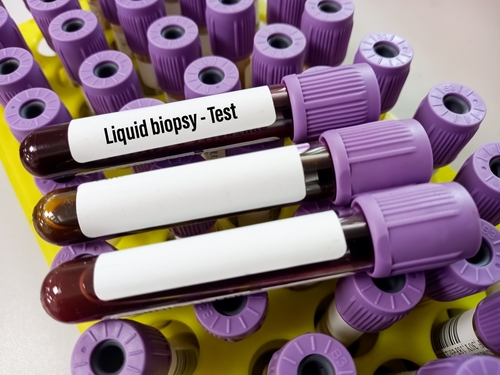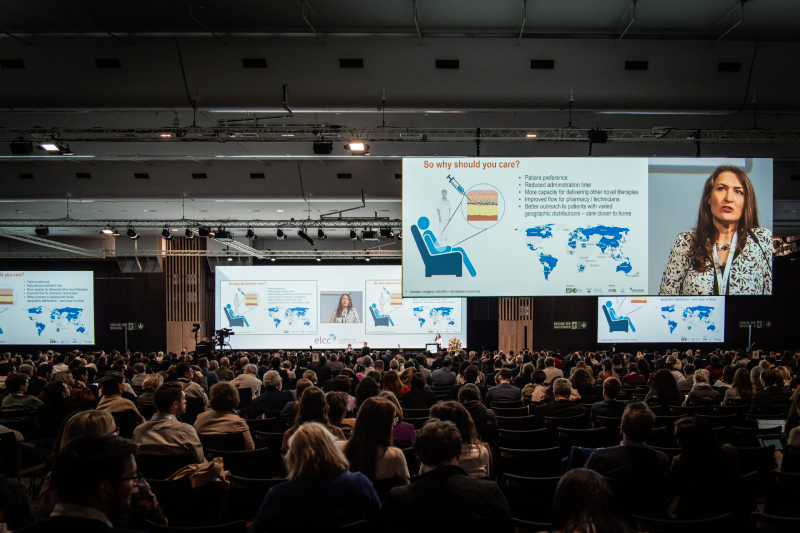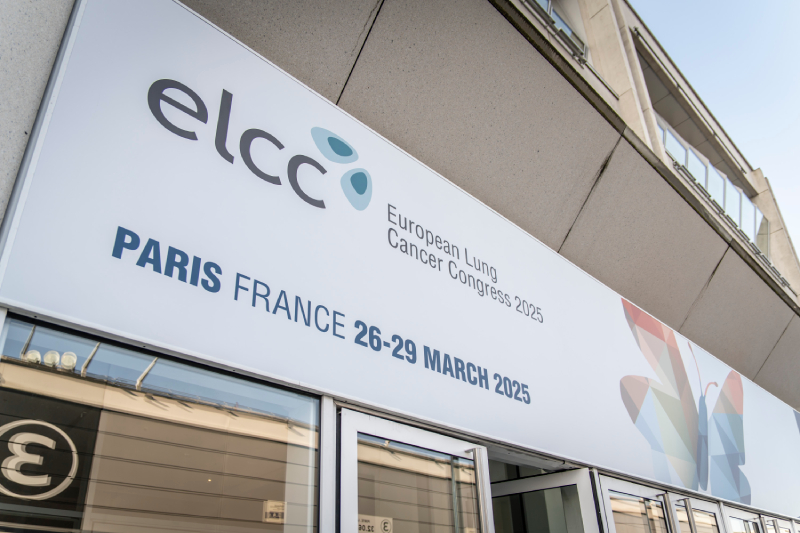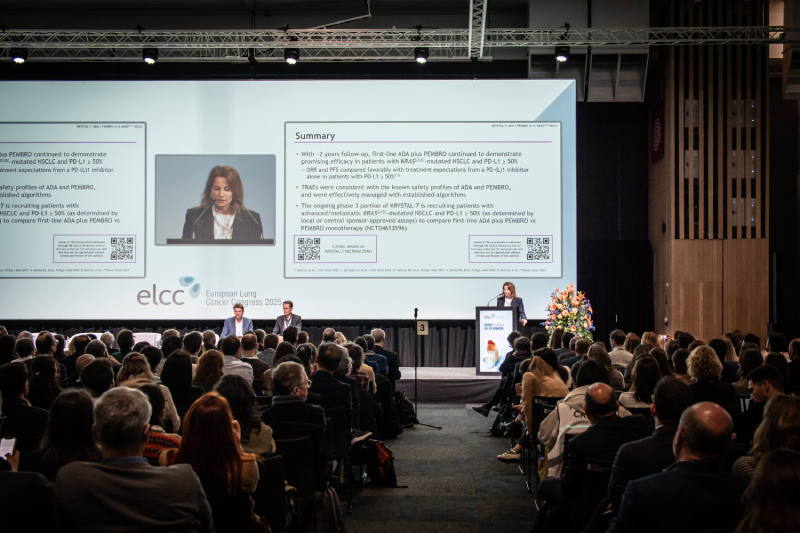
Patients with epidermal growth factor receptor (EGFR)-positive metastatic NSCLC whose disease progressed following first-line treatment and are positive for EGFR-resistant mutations have worse survival outcomes than those who are negative for those mutations, recent study findings showed.
David Heredia and colleagues studied the clinical outcomes of liquid biopsy and the detection of EGFR T790M mutation in patients with advanced NSCLC after progression to first- or second-generation tyrosine kinase inhibitors (TKIs). Of the 295 patients evaluated, 66.4% were women and the median age was 62.5 years. Most (79.4%) of the patients were nonsmokers. Liquid biopsy was collected at the time of progression.
Study end points included the frequency of EGFR T790M mutations, OS, and the clinical characteristics associated with a positive liquid biopsy.
Overall, EGFR T790M mutations were detected in 44% (n=131) of patients through liquid biopsy. The median OS was 30 months for all patients.
Following liquid biopsy results for EGFR-resistant mutations, those who were negative had a median OS of 45 months compared with 25 months in those who were positive.
In addition, patients fared better with osimertinib (Tagrisso) at any line of treatment versus other therapies (median OS, 46 months vs 27 months, respectively).
The researchers were also able to determine that patients with more than three metastatic extrathoracic diseases and bone metastasis were associated with a greater probability of a positive liquid biopsy result.







 © 2025 Mashup Media, LLC, a Formedics Property. All Rights Reserved.
© 2025 Mashup Media, LLC, a Formedics Property. All Rights Reserved.